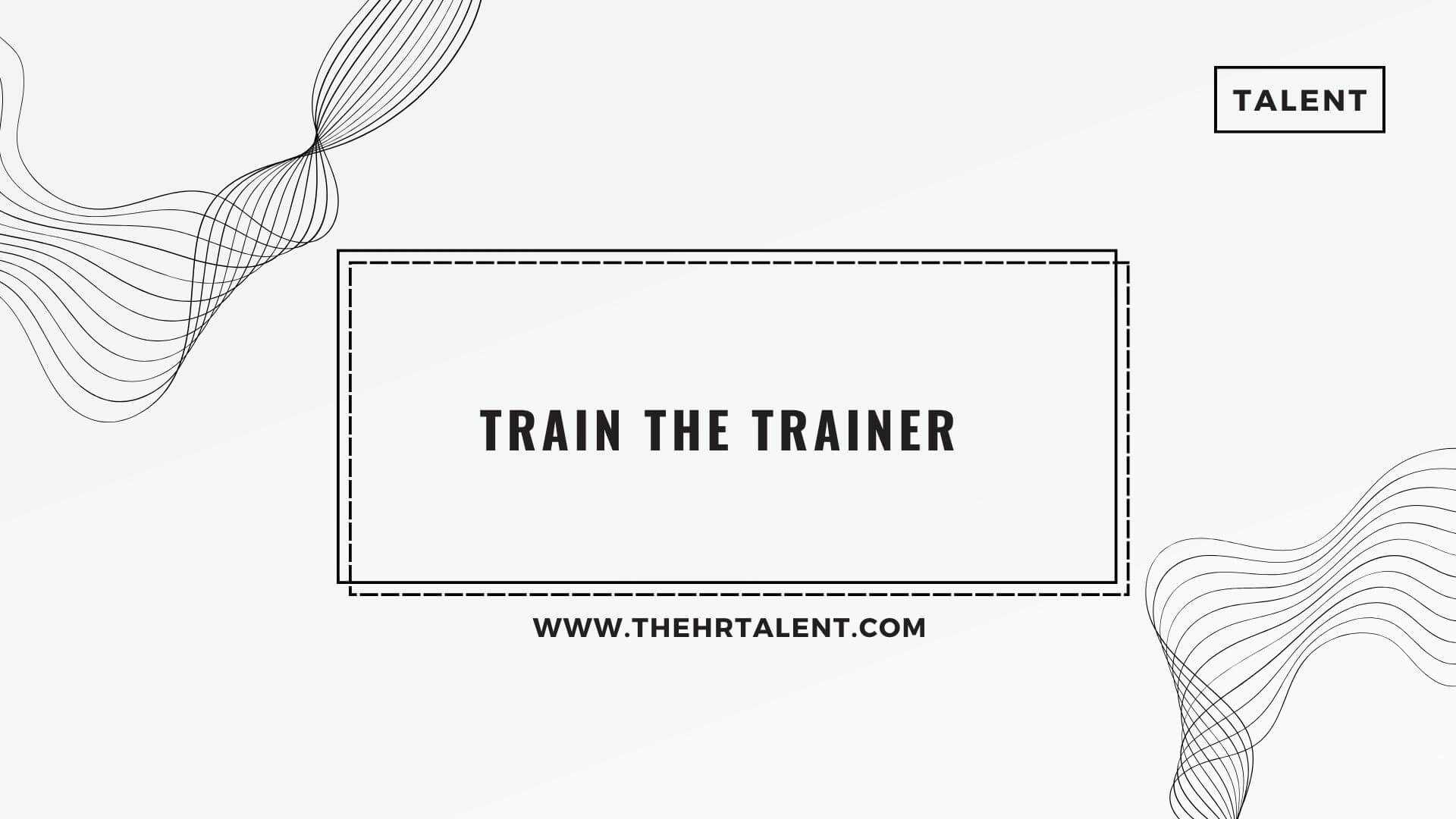3-Day Online Instructor-led Training Course
Take charge of your training skills! From assessment to analysis, design, development, implementation, delivery and evaluation of training; learn what is needed to become a skilled trainer within your organization.
COURSE OVERVIEW
Training is like an iceberg. Most participants see only the top 10 percent: the error-free PowerPoint slides, the well-designed participant materials, a welcoming room setup, the professional facilitation skills of an experienced trainer, and a well-organized presentation. It all looks so easy! But, …it isn’t!! From training analysis to training design, development, implementation, delivery and evaluation, this intensive 3-day course aims to provide practical approaches to developing the skills of a highly competent trainer and instructor.
This course is packed with case studies and critical insights into the use of TTT approaches and tools and is delivered by world-class trainer, Mostafa Azzam, recently featured one of the “Top 50 Global HR Influencers to Follow in 2021,” one of the “Top 50 Global HR Analytics & Tech Influencers in 2019,” and one of the “100 Most Talented Global L&D Leaders in 2018”.
COURSE OBJECTIVES
By the end of this intensive 3-day learning journey, you should be able to:
Describe the competencies of a skilled trainer
Outline the phases of a training cycle
Conduct a training needs assessment/analysis
Develop SMART learning goals and objectives
Define the characteristics and principles of adult learning
Design an objective-based learning program
Implement a broad spectrum of learning activities
Use visuals appropriately
Demonstrate a heightened awareness of effective presentation skills
Apply established training evaluation models
Write a personalized individual development plan (IDP)
WHO SHOULD ATTEND
Training Managers, Specialists, Consultants, Officers and Coordinators
HR Business Partners with training delivery responsibilities
General staff identified to deliver class-room training in various functions, disciplines and skills
COURSE METHODOLOGY
A balanced approach between PowerPoint presentation, facilitated discussion, case studies and action-learning, individual exercises and group-based activities will ensure the direct transfer of skills, information and relevant practical experience and will show you how to fundamentally rethink and redesign your approach to training design, development, implementation, delivery and evaluation.
COURSE OUTLINE
DAY 1
Welcome, Introductions & Pre-Test
DESIGNING TRAINING
Introduction
- What is a Trainer?
Introduce the ADDIE concept
Introduce first-time trainers to training
Assessment and Analysis
- Needs Assessment Basics
Introduce needs assessment
Teach the basics of data collection
- Participant’s Personal Needs Assessment
Assist seasoned trainers with creating a needs assessment
Provide an Instrument to self-assess training skills
- SMART Learning Goals and Objectives
Discuss what constitutes a good learning objective, and how to write one
Design and Development
- Adult-Learning Theory
Introduce adult-learning principles
- Instructional Design
Introduce first-time designers to training design
Introduce the idea of applying adult-learning principles to training design
Present recommendations for effective training design
- Focused Openings
Describe what constitutes a good opening
Introduce a variety of learning activities
- Competencies
Introduce KSAs and their importance to instructional design
- Supporting Materials
Discuss using appropriate visuals & formatting easy-to-read PowerPoint slides
DAY 2
PRESENTING TRAINING
Implementation, Delivery and Facilitation
- Training Styles
Help participants identify their personal training style
Discuss how learning styles affect training delivery
Present different learning styles and how to address them in the classroom
- Learning Environment
Identify ways to create a positive learning environment
- Presentation Skills and Facilitation Techniques
Discuss ways to present a dynamic delivery
Discuss the advantages and disadvantages of lecturing
Discuss ways to boost self-confidence
- Presentation/Delivery Skills Practice
Introduce new trainers to stand-up skills of training
- Managing Difficulties
Discuss potential problems in the training room
- Asking and Answering Questions
Encourage trainers to ask more questions
Help trainers feel comfortable with Q&A sessions
DAY 3
EVALUATING TRAINING
Evaluation and Continuous Improvement
- Evaluating Progress
Discuss the importance of evaluating progress
Introduce the basics of evaluation
Explain Kirkpatrick’s model of evaluation
Dissect real-life applications based on Kirkpatrick’s model
Map Kirkpatrick to the HR Analytics value chain
Discuss the ROI for training
- Continuous Improvement
Discussion Questions / Action-Learning Exercises
Action Planning















